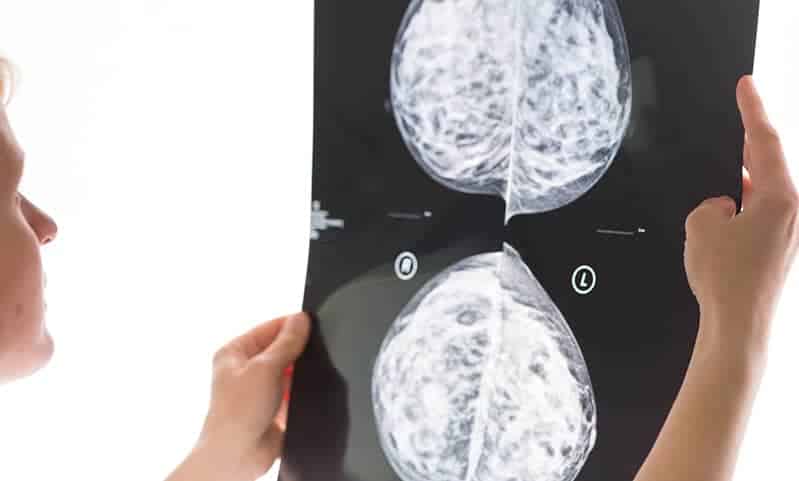A recent study determined that mammograms are more successful at discovering breast cancer in high risk men than in average risk women.
This study was groundbreaking as it is the first study on mammography for men. This study is crucial as male breast cancer has not received the same attention and research as women breast cancer, resulting in little to no improvement in mortality rates or in a decreased likelihood of recurrence.
The target demographic for the study was cisgender men ages 18 to 96, with a median age of 55, who had previously been screened for breast cancer between the years 2005 and 2017.
With over 2,000 examinations in just over 1,800 men, this was the largest national review of male mammogram medical records.
The study found that the mammogram detection rate for male breast cancer was better than the detection rate for female breast cancer screenings, with 18 cases of the disease detected for every 1,000 male exams, and only five cases detected for every 1,000 female exams.
Doctors attribute this to the fact that male breasts are less dense then females, meaning it is easier to detect abnormalities in the tissue due to the lack of milk glands and milk ducts.
In women, mammographic screening is hampered by the greater amount and density of breast tissue, which can obscure cancerous nodules.
Male breast tissue tends to consist of more fatty tissue which allows better visualization of nodules with the imaging.
In response to the results of the study that were published last Tuesday, Vice President of cancer imaging for the American Cancer Society Robert Smith recommended “regular breast imaging for men at a very high risk.”
Although breast cancer in men is a rare occurrence, making up less than 1% of all cancer diagnoses globally each year, the disease is often more life threatening.
Men are generally diagnosed at a later stage and the disease is less responsive to the treatments that benefit women with breast cancer.
Currently, screening for male breast cancer involves self-exam and testing for BRCA (genetic) mutations in men over age 35 who have a significant family history of certain cancers.
Screening such as mammography that is recommended for women is not offered to men because of the very low incidence of disease. Due to the very small amount of breast tissue in men, abnormal masses can be easily detected by a self-breast exam.
However, this very limited breast tissue also places men at greater risk of spread of the disease.
With very little breast tissue, the cancer more easily spreads to other nearby structures and lymph nodes. The tendency to view breast cancer as a female disease has also contributed to the lack of awareness and lack of screening for male breast cancer.
Most studies on the effectiveness of mammography have not included males who may be at risk of cancer.
This recent retrospective study on the use of mammography for screening of high risk men may change the recommendations for detecting breast cancer in men.
To be considered high risk, a man must have family members (male and female) with breast, pancreatic, or ovarian cancers, or family members with a BRCA mutation or Ashkenazi ancestry. Some prostate and testicular cancers have also been linked to BRCA mutations.
Prior to this study, very little was known about the potential benefits or risks of mammography in men. The research suggests that mammography should be considered an effective screening tool in high risk men as it is in women.
However, a well-designed prospective is needed to determine whether mammography is the best tool for high risk men.
It is important to note that this study only looked at men with a greater risk of breast cancer and the benefits of mammography is likely more pronounced in this group.
A large number of men diagnosed with breast cancer each year have no known increased risk of breast cancer, and thus would not be included in the mammographic screening.
Given the stigma associated with male breast cancer, more needs to be done to increase awareness of the risk.
Although the risk of a man developing breast cancer is one in 833 compared to one in eight for women, it has increased in recent years. In 2019, the American Cancer Society predicted there will be 2,670 new cases of male breast cancer with 500 of those being fatal.
If you are a man with a high risk of breast cancer, don’t wait to feel a lump. Ask your doctor about breast cancer screening using mammography.
Watch out for symptoms such as: a lump in the breast, chest, or armpit; inverted nipples; breast tenderness, redness, itching or scaling; skin dimpling or nipple discharge.
Avoiding or restricting alcohol consumption and maintaining a healthy weight also reduce the risk of breast cancer.
